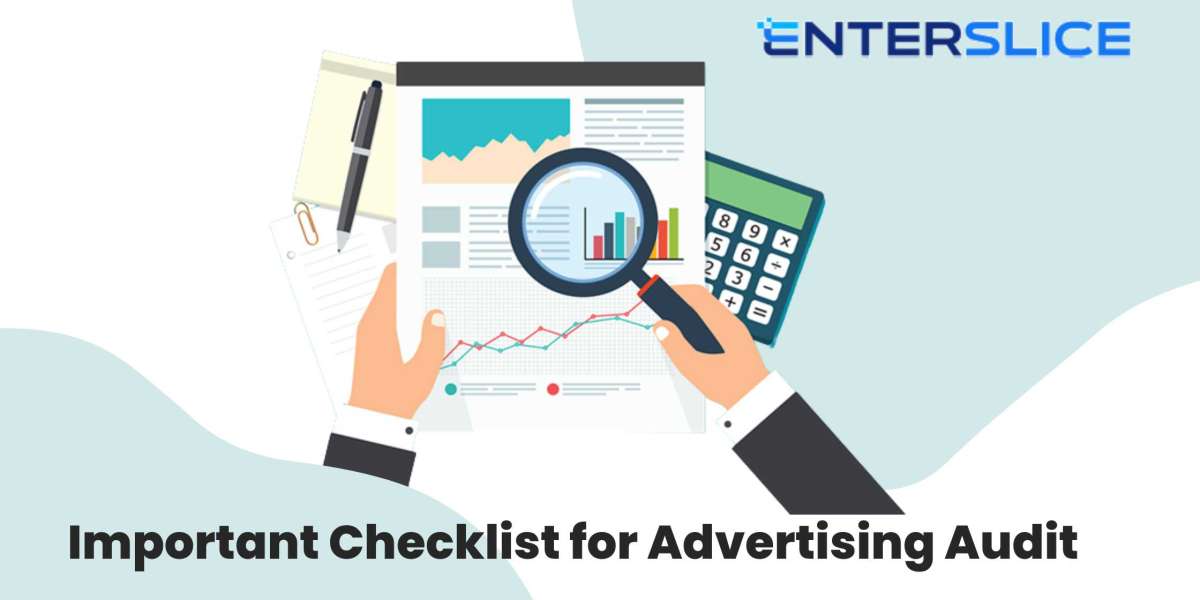When it comes to running a successful business, advertising plays a crucial role. It helps you reach potential customers and grow your brand. But how do you know if your advertising is working? This is where an ad audit comes in. An advertising audit is a thorough examination of your advertising strategies, campaigns, and results. To help you get started, we’ve put together an important checklist for your advertising audit.
Understanding the Purpose of an Advertisment Audit
Before diving into the checklist, it’s important to understand why an ad audit is necessary. An ad audit allows you to see what’s working and what’s not. By analyzing your advertising efforts, you can make informed decisions to improve your campaigns, save money, and ultimately increase your sales.
The Essential Checklist for Your Advertising Audit
1. Review Your Advertising Goals
Start by looking at your advertising goals. What do you want to achieve? Are you trying to increase brand awareness, generate leads, or boost sales? Clearly defined goals will help you measure the success of your campaigns. Make sure your goals are specific, measurable, achievable, relevant, and time-bound (SMART).
2. Analyze Your Target Audience
Understanding your audience is key to effective advertising. Who are you trying to reach? What are their interests, demographics, and behaviors? Review your target audience and make sure your advertising messages resonate with them. If your audience has changed, you may need to adjust your advertising strategy accordingly.
3. Examine Your Advertising Channels
Take a look at the advertising channels you are using. Are you running ads on social media, search engines, or traditional media like TV and radio? Each channel has its strengths and weaknesses. Analyze the performance of each channel to see which ones are delivering the best results. If a channel isn’t performing well, consider reallocating your budget to more effective options.
4. Review Your Ad Content
The content of your ads is crucial for grabbing attention. Review the copy, images, and overall design of your ads. Are they engaging and clear? Do they convey your message effectively? Ensure your ads are consistent with your brand’s voice and image. If your ads don’t resonate with your audience, it may be time to refresh them.
5. Check Your Budget and Spending
Your advertising budget is a vital part of your audit. Look at how much you are spending on each advertising channel. Are you getting a good return on investment (ROI)? If you’re spending a lot but not seeing results, it might be time to rethink your strategy. Make sure your budget aligns with your goals and the performance of your campaigns.
6. Analyze Key Performance Indicators (KPIs)
Key Performance Indicators (KPIs) are metrics that help you measure the success of your advertising efforts. Common KPIs include impressions, clicks, conversions, and return on ad spend (ROAS). Review these metrics to see how well your ads are performing. If certain KPIs are low, investigate why and consider making adjustments.
7. Evaluate Your Competitors
It’s important to know what your competitors are doing. Analyze their advertising strategies and see what works for them. This can give you valuable insights and help you identify areas where you can improve. Keep an eye on their messaging, offers, and creative approaches.
8. Seek Feedback
Don’t hesitate to ask for feedback from your team or customers. They can provide valuable perspectives on your ads. Conduct surveys or focus groups to gather insights. Use this feedback to make necessary adjustments to your advertising campaigns.
9. Keep Up with Trends
The advertising landscape is always changing. Stay updated on the latest trends and best practices in advertising. This can help you stay competitive and relevant. Follow industry blogs, attend webinars, and engage with marketing communities to learn from others.
10. Create an Action Plan
After completing your audit, it’s time to take action. Based on your findings, create a plan to improve your advertising efforts. Set specific steps and timelines for implementing changes. Monitor your progress regularly and make adjustments as needed.
Conclusion
An advertising audit is an essential tool for any business looking to improve its marketing efforts. By following this important checklist, you can assess your advertising strategies, identify areas for improvement, and ultimately achieve your business goals. Remember, effective advertising is not just about spending money; it’s about making smart decisions that drive results.
With a thorough ad audit, you’ll be well on your way to creating successful advertising campaigns that resonate with your audience and lead to growth.
Also, read more about:- What is Media Audit?








